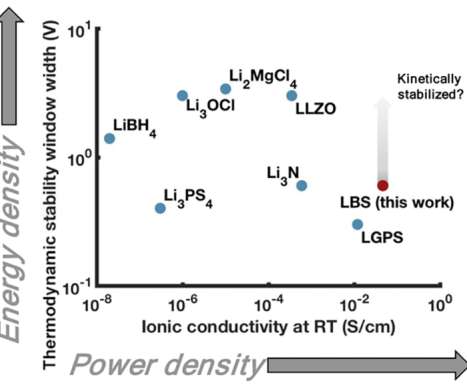Stanford scientists identify new Li-B-S solid electrolyte materials that boost lithium-ion battery performance
Green Car Congress
SEPTEMBER 28, 2020
Stanford University scientists have identified a new solid-state Li-ion electrolyte predicted to exhibit simultaneously fast ionic conductivity, wide electrochemical stability, low cost, and low mass density. Their findings are published in a study in the journal ACS Applied Materials & Interfaces.













Let's personalize your content